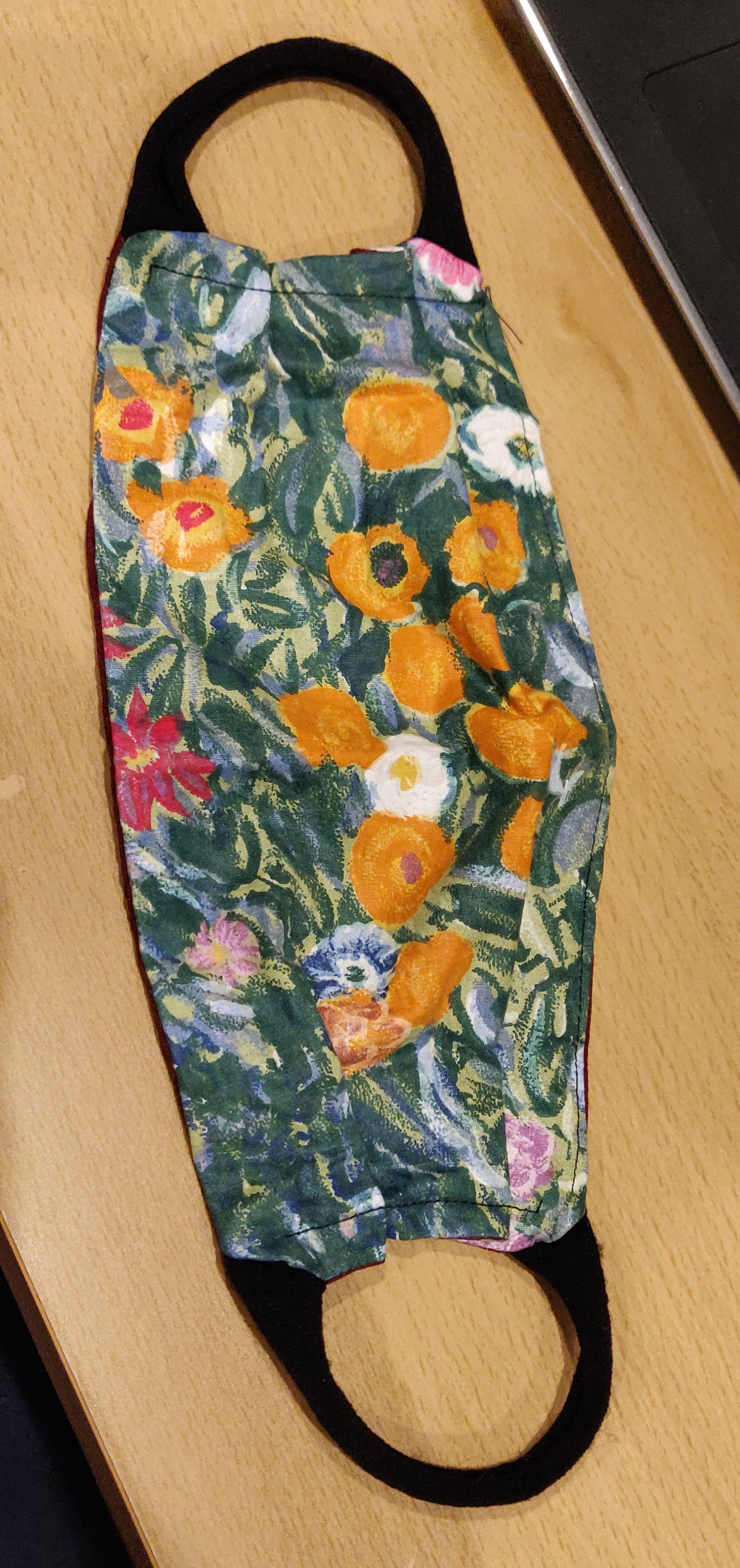Text
“Irish people culturally believe that when you knit something, you knit a piece of your soul into your project. And so Irish knitters purposely knit one mistake into their project so that their soul can escape. Otherwise you’re breaking off little pieces of yourself every time you give someone something that you knit.
“So I’m like, ‘Oh, I haven’t been giving my soul away to anyone because I always make a mistake or two.’ Still, there’s certainly some pieces that people have that are a tiny little expression of me.”
Once having heard of this belief, GR began to express it as her own. “It actually makes a lot of sense to me because knitting is just such a labor of love,” she said, adding that she could never sell the pieces that she knits. “No price could quantify the work that I’ve done. It’s so deeply personal. When I’m knitting, I feel like I’m tapping into something cosmic.”
She added that part of this feeling comes from the labor of making something entirely by hand. “There’s no machine that can ever replicate it. Using a knitting machine doesn’t feel as personal. It feels like cheating, honestly.”
Context
GR is a 21 year-old college student from Portland, OR, currently living in Los Angeles. Her grandparents were Irish immigrants.
GR knits a lot in her free time, mainly making beanies for herself and her friends.
GR originally read about this belief online, but her Irish roots in addition to her love of knitting made it easy for her to identify with this belief and adopt it as her own.
Analysis
This belief captures the deeply emotional experience of creating something and gives words to the profound connection an artist feels to their work as an expression of their soul. It also provides a rationalization for any flaws in one’s project, which reduces the pressure on the creator to attain perfection. Such an understanding of the value of mistakes is especially relevant in the art of knitting, a very precise and meticulous craft in which one mistake might make you want to unravel the whole piece until it’s perfect. This belief helps calm the unforgiving pursuit of perfection, which is the enemy of creativity.
This folk belief contains two elements: first, the magical belief that the act of knitting places a piece of one’s soul into their work. This is an example of the law of contagion, in which a non-material bond is established between a person and object. In this belief, the ritual that breaks this bond is the act of knitting a mistake into a piece, allowing the soul to escape. This second element of the belief is an example of conversion magic, a form of performative magic that offsets another magical thing.

